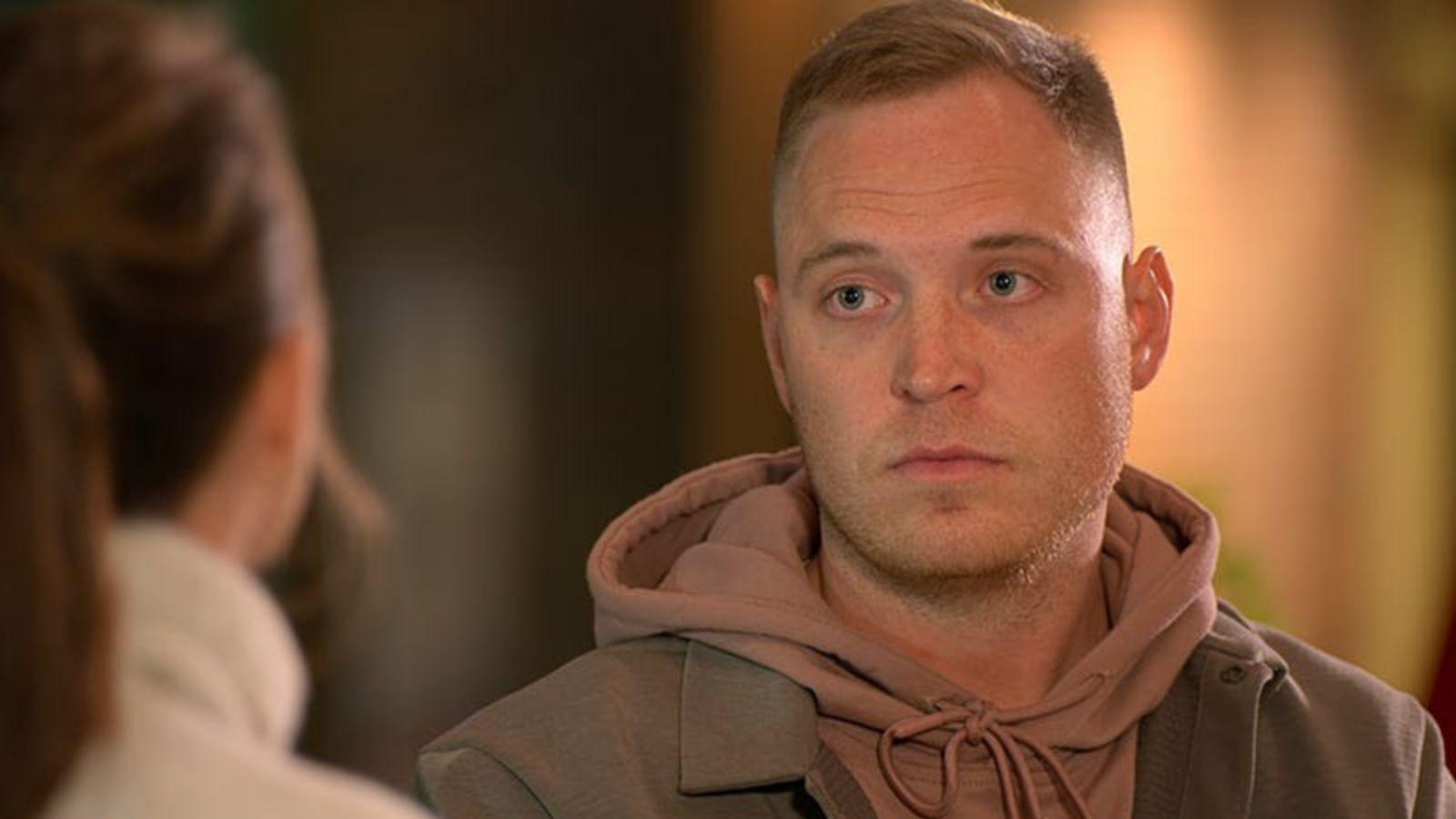Twitter announces new rules to clamp down on ‘Copypasta’ tweets
 Twitter/Pexels: @grizzlybear
Twitter/Pexels: @grizzlybearTwitter has announced new rules that will reduce tweet visibility for users posting ‘copypasta’ tweets, also known as duplicate content.
Over the last few months, Twitter has gone through a slurry of changes in both potential ownership and features as they’ve recently announced the long-awaited edit button.
Now the social media platform has released new rules regarding duplicate ‘copypasta’ content, explaining that they will limit tweet visibility for offenders.
Here’s everything we know about the new rules, including what will be considered violations as well as how to report offenders.

What is Copypasta?
On Twitter, copypasta — also known as duplicate content — can consist of a block of text or an image, but is more widely considered to be any combination of content that is duplicated by any means across the platform.
Copypasta’s have gained popularity over the years after the subreddit was made in 2009. Various memes have spread since then, including phrases like “I Herd U Liek Mudkips,” and “How Is Babby Formed?”
In the blog, the company gave a brief explanation of why copypasta content can be bad for the platform.
“While copypasta or duplicate content is a tactic for propagating a message, and is used for a wide range of purposes, it can be repetitive, spammy, and disruptive to people’s experience on Twitter,” the site explained.
“Duplicative content can also be used to artificially amplify content, suppress information, or manipulate Twitter’s Trends, Top Search results, and conversations across the platform. ”
How can I tell if my tweets have limited visibility?
The company revealed four ways to tell whether or not your content has been flagged and therefore not as visible to other users.
- making tweets ineligible for amplification in Top Search results and on Trends
- not recommending tweets in timelines of users who don’t follow the Tweet author
- downranking tweets in replies
- excluding tweets and/or accounts in email or in-product recommendations.
If you experience any of these issues and feel it was done in error, you can contact support to appeal the decision.
Examples of offending and safe Twitter content
There are two examples of offending content that would make Twitter limit the visibility of a user’s tweets or account.
- Identical or near-identical content tweeted by an individual or many accounts, even if those involved are using the same account.
- Tweets that may disrupt the experience of others, including mentioning users or using hashtags with the same tweet content
The company also provided examples of ways users can share content but stay safe from limited visibility.
- Retweeting existing content using the Retweet feature
- copy-pasting, or tweeting existing content, combined with your own unique content, commentary, or reaction, or explicitly quoting the copied content

What is considered a severe violation?
Alongside the list of offending and safe content, Twitter also revealed what would be severe violations of the new policy. These may result in tweet removal or permanent suspension.
- using automation or scripting to post duplicative content
- operating one or multiple accounts where the majority of the content promotes duplicative content resulting in spammy, inauthentic engagement
- repeated participation in copypasta, and duplicate tweet efforts to promote content that is in violation of other Twitter Rules.
At the time of writing, it’s unclear how Twitter will put these new policies into effect.
When they do, however, we’ll be sure to let you know.



